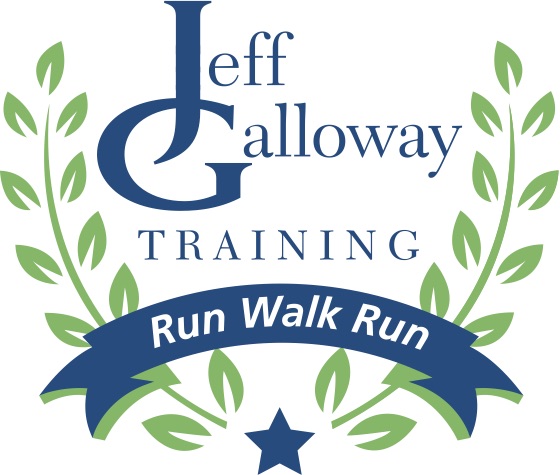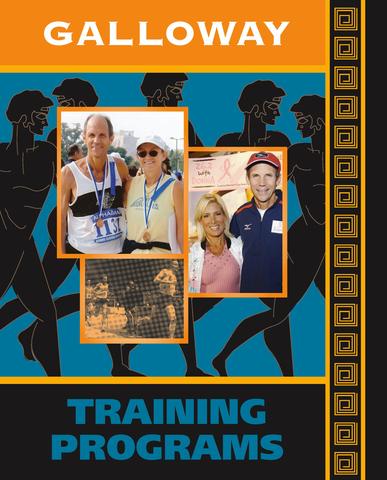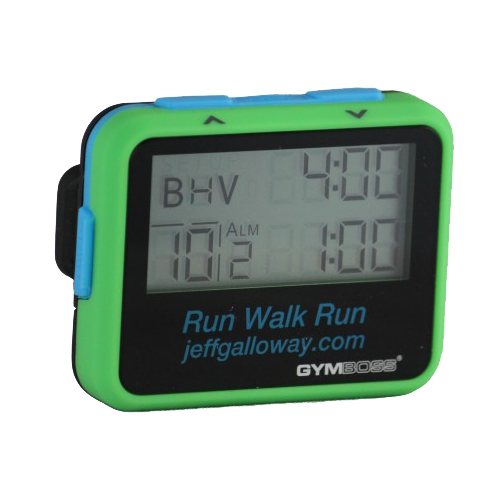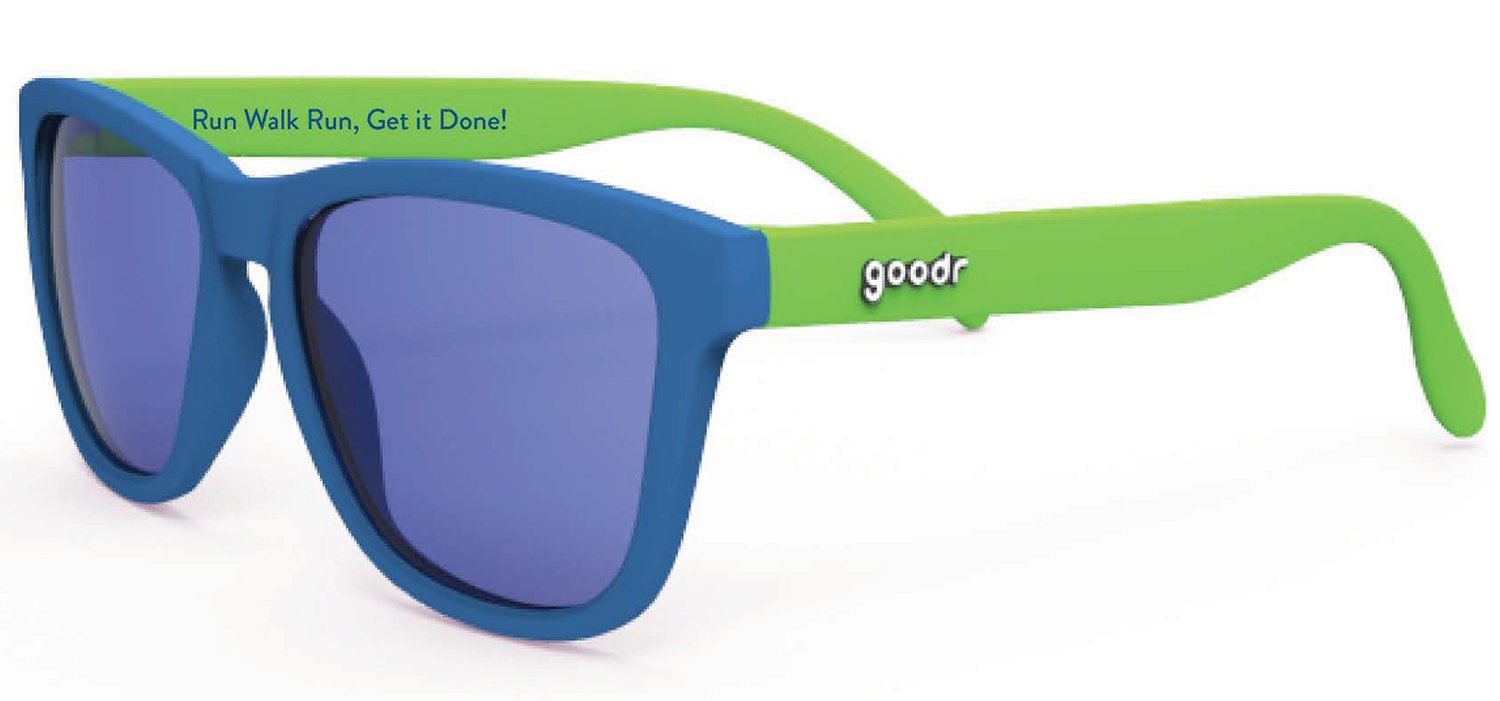
See more in Galloway Training Programs
Form Tips
Running form mistakes can aggravate injuries. The most efficient and gentle running form is a “shuffle.” The feet stay next to the ground, touching lightly with a relatively short stride. When running at the most relaxed range of shuffling motion, the ankle mechanism does a great deal of the work, and little effort is required from the calf muscle. When the bounce off the ground increases, the foot pushes harder and the stride gets longer, there are more aches, pains and injuries.
Time goal runners need to run faster, and this means some increase in stride length, greater bounce and foot pushing. By gradually increasing the intensity of speed training (with sufficient rest intervals and rest days between), feet and legs can adapt, but there is risk of injury. Be sensitive to your weak links and don’t keep running if there is the chance that you may be starting an injury.
Posture is an individual issue. Most of the runners I’ve worked with find that an upright posture (like a “puppet on a string”) is best in all ways. When runners use a forward lean there is a tendency to develop lower back pain and neck pain. A small minority of runners naturally run with a forward lean with no problems. In this case, one should run the way that is most natural.
Suggestions for running smoother, reducing irritation to weak links
- Feet—low to the ground, using a light touch of the foot. Try not to bounce more than an inch off the ground. Let your feet move the way that is natural for them. If you tend to land on your heel and roll forward, do so. But if you have motion control issues, a foot device can provide minor correction to bring you into alignment and avoid irritating a weak link.
- Posture—In general, good upright posture is good running posture: head over shoulders, over hips as the feet come underneath. Be a good “puppet on a string”.
- Legs—stay low to the ground, maintaining a gentle stride that allows your leg muscles to stay relaxed. It’s better to have a shorter stride and focus on quicker turnover if you want to speed up.
Common Form-Related Injury Culprits:
Lower back — forward lean, overstride, too few walk breaks
Neck pain — forward lean
Hamstring pain — striding too long, stretching
Shin pain on front — stride length too long, especially on downhills
Shin pain on inside — over pronation
Achilles — stretching, speedwork
Calf pain — stretching, speedwork
Knee pain — too few walk breaks, overpronation




